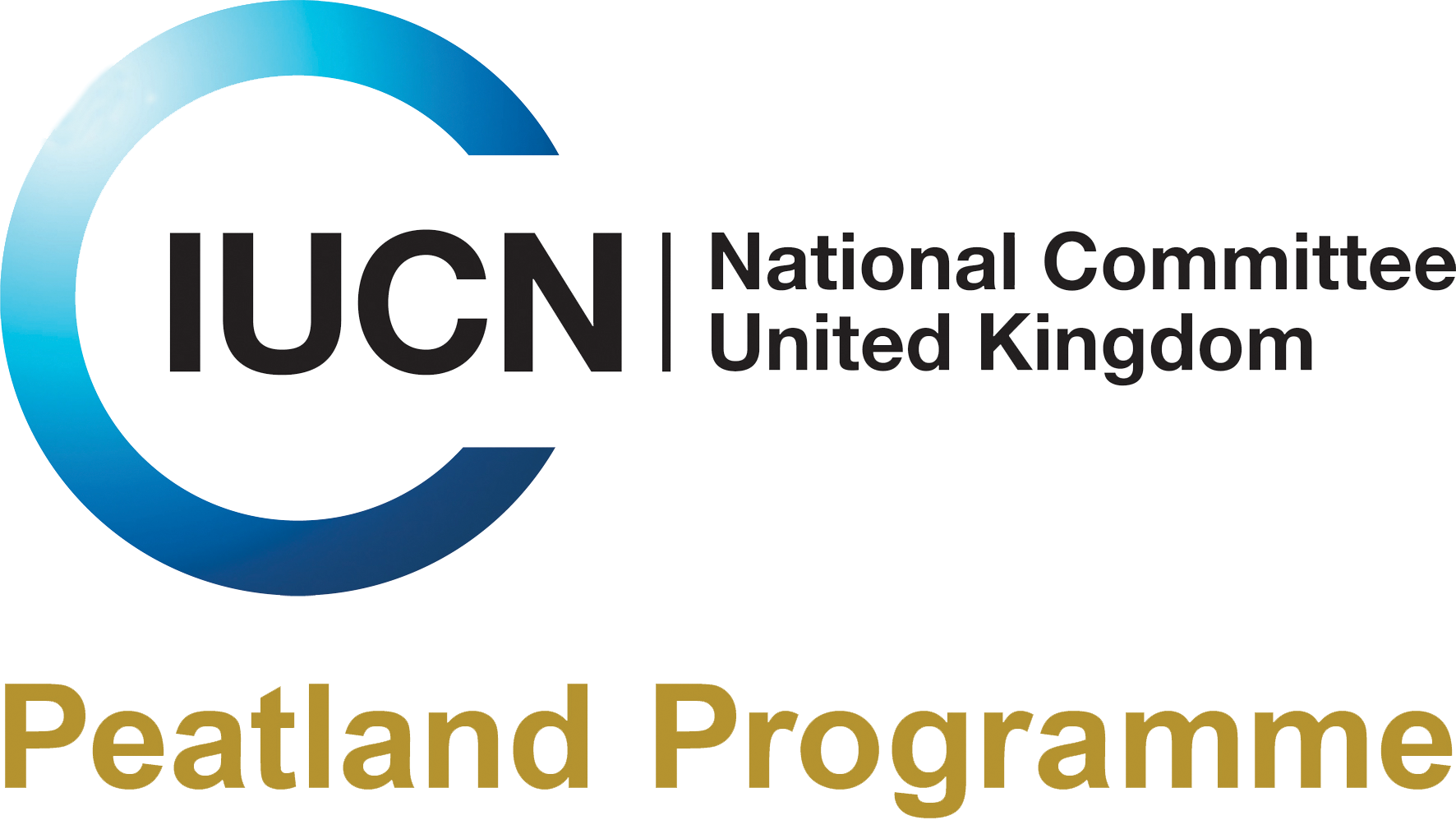Search
Search
Peatland ACTION Fund Now Open for peatland restoration projects in Scotland
The Scottish Government announces Peatland ACTION funding for 2022 - 2023 is now open for applications.
Eyes on the Bog monitoring at the Water Works project
A new set of monitoring equipment has been installed at the Water Works project site in East Anglia, by our Eyes on the Bog Champion, Jack Clough of the University of East London.
New report showcases successes in forest to bog restoration
The IUCN UK Peatland Programme (IUCN UK PP) has launched a new publication showcasing successes in forest to bog restoration.
Wales’ first carbon-funded peatland restoration project is complete!
A peatland restoration project at Bwlch y Groes on the edge of the Snowdonia National Park is the the first of its kind in Wales to be completed with the benefit of carbon funding, following…
An update on the Peatland Code
The Peatland Code continues to grow rapidly with 79 projects now registered and 10,300 ha of expected peatland restoration.
Ugie Peatland Partnership welcomes restoration of local bog
Bog restoration works are expected to benefit local water quality and nature, as well as contribute to meeting our climate change targets. Members of the Ugie Peatland Partnership (UPP), who aim…
ScottishPower Renewables winter 2021 peatland restoration activity
ScottishPower Renewables (SPR) have completed 1267ha of deforested bog restoration using their “ground smoothing” technique, and 535ha of drain damming using their “wave damming” peat dam…
WaterLANDS: New European Green Deal project launched to lead largescale restoration of European wetlands
An ambitious project has been launched to tackle largescale restoration of Europe’s wetlands, with €23 million of funding from the EU Horizon 2020 Programme Green Deal.
Budget announcements for UK peatland restoration
Peatlands received a welcome funding boost in the UK Budget 2020.
Evaluating the socio-economic benefits of peatland restoration
User Guide for practitioners interested in evaluating the socio-economic benefits of peatland restoration.
